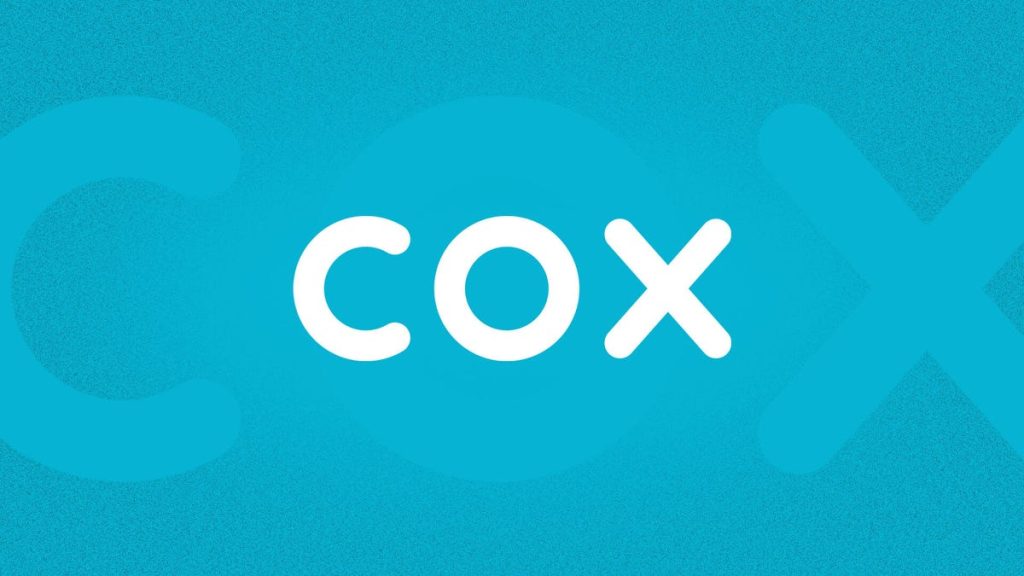High-speed internet providers offer a range of plans to meet the needs of various households, from basic speeds of 100Mbps to ultra-fast 50,000Mbps. Cox, Google Fiber, Ziply Fiber, AT&T Fiber, Xfinity, Frontier Fiber, Verizon 5G Home Internet, and Verizon Fios are among the top providers offering speeds ranging from 100Mbps to 5,000Mbps at prices of $20 to $300 per month. These providers offer unlimited data, no contracts, and equipment included in their plans, with some even offering unique gaming add-ons or free equipment for qualifying customers. Regional provider Ziply Fiber stands out as the fastest provider in the US with speeds up to 50Gbps. Cox, Spectrum, and Xfinity often appear at the top in speed tests due to cable internet’s reliability compared to fiber.
Determining the speed requirements for your household is crucial, with factors like the number of connected devices and heavy internet use influencing the necessary speeds. The FCC’s definition of high-speed internet has increased over the years, now defined as speeds of 100Mbps down and 20Mbps up. Activities like streaming in 4K typically require speeds of 35 to 50Mbps, while online gaming and video calls may require 10Mbps or less. Advisable starting speeds range from at least 100Mbps for multiple devices to 200Mbps for more intensive usage scenarios. Advertised speeds can differ from actual speeds due to various factors, so selecting a plan with double the needed speeds is recommended.
When choosing a high-speed internet provider, consider factors like speed needs, contract terms, promotional rates, and Wi-Fi equipment quality. Providers with no contracts or promotional rates offer flexibility in changing plans, and starting with the lowest speed tier can help you gauge your actual requirements before upgrading. Upgrading Wi-Fi equipment or consulting with your provider for better devices can enhance your internet experience. CNET evaluates internet providers based on speed, value, and customer care, providing detailed reviews to help consumers make informed decisions. Regional providers like Kinetic by Windstream, Mediacom, and Spectrum also offer high-speed plans worth considering if available in your area.
The trend in high-speed internet revolves around fiber-optic providers offering the fastest speeds, with cable internet providers also providing competitive gigabit plans. Features like average internet speed, pricing, and available features should be considered when selecting a high-speed plan. The availability of multi-gigabit plans and faster home internet services indicate a trend towards faster speeds in the industry. Cities like Raleigh, North Carolina, and providers like Google Fiber and AT&T Fiber are contributing to the increasing speeds and availability of high-speed internet across the US.


